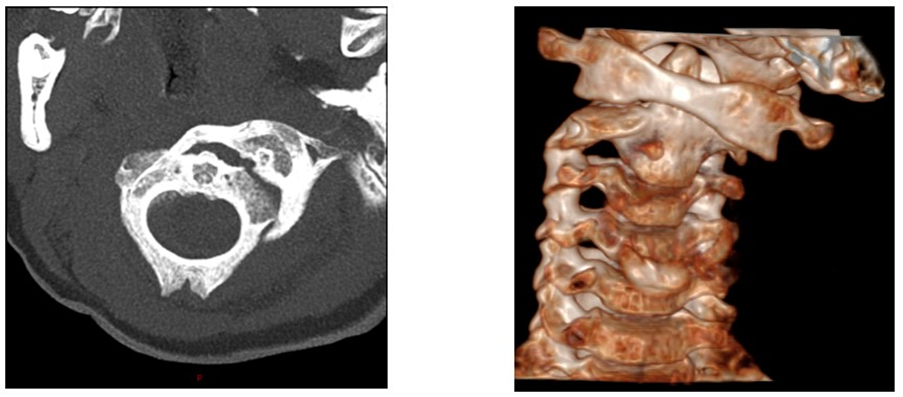The Use of Non-Invasive Halo System (NIHS) in Atlantoaxial Rotatory Subluxation/Fixation in Childhood (AARS/AARF): Case Series
DOI:
https://doi.org/10.5530/bems.10.2.12Keywords:
Atlanto-axial rotatory subluxation, Non-Invasive Halo Brace, Atlanto-occipital DislocationAbstract
The use of conventional Halo braces was frequently accompanied by complications owing to the invasive nature of the stabilization pins. Hence interest in Non-Invasive Halo System (NIHS) gathered pace, but its therapeutic ability in providing clinically resonant stabilization with a better safety profile, remains to be established. We performed a retrospective review of 2 patients treated for Type 1 AARS/AARF in childhood with the help of immobilization provided by the NIHS and reflected on a previous case of AOD which was successfully managed with the NIHS. We reviewed the patients’ clinical and operation case notes to collect data regarding the reason for admission, indications for orthotic management, follow-up regimen, challenges associated with the NIHS and weaning plan. The NIHS was a clinically effective and safe method for realignment and stabilization of paediatric atlanto-axial and atlanto-occipital subluxation. with sustainable radiological and physical alignment, that was well tolerated by the patients. Due to the lack of invasive pins, the pressure points were instead translated to the skin on bony prominences, as our patients experienced varying degrees of compromises to their skin, hence careful attention is required for the best type of padding and pressure distribution to protect the patient’s skin.

Downloads
Published
How to Cite
Issue
Section
License
Copyright (c) 2024 Biology, Engineering, Medicine and Science Reports

This work is licensed under a Creative Commons Attribution-NonCommercial-NoDerivatives 4.0 International License.









